Buying the Right Self-Build Plot
Buying a site without permission in the hope you’ll get it later is very high risk and not advisable for most self-builders. Instead, once you’ve found a plot or conversion opportunity, get hold of the planning permission documents before you part with any cash.
You must be sure that the permission is still valid and will let you build what you want, so establish the scope for any changes you might have in mind. The estate agent or seller should be able to supply photocopies of the permission documents – application forms, plans and drawings and the council’s decision. If not, armed with the address or reference number of the permission, you should be able to find them on the council’s website.
Full or outline?
The first point to clarify is whether the plot has outline or full planning permission. Outline permission establishes that you can build a house, leaving the exact design and layout to be approved later on. Most plots have outline permission because it’s flexible – the purchaser can decide exactly what type of house to build.
Full permission is for a specific design and layout and there’ll have been detailed drawings submitted showing the site layout, floor plans and elevations. If your site has full planning permission, but you don’t want to build what is permitted, there’s nothing to stop you putting in your own application for another design. Bear in mind that some mortgage providers insist on a plot having full permission before lending money on it.
Planning permission applies to the site, not to the landowner or the person who made the application. This means you can make use of someone else’s permission, but watch copyright as you shouldn’t build someone else’s design without the designer’s consent. Get that consent in writing at the time you buy if your heart is set on building that particular design.
Time limits
Planning permission has a shelf life so check the dates, noting precisely when the decision was formally made. Next see what the time limit is for carrying out the work. Normally, with full planning permission, there’s three years from the date it was given before work has to start. With outline permission there’s three years in which to submit details of the house design and layout of the site, and then a further two years to start work after those details have been approved.
If the time limit has passed and no start or submission of details has been made, the permission has probably lapsed. In most cases you’d get a new permission but there’s no guarantee of this. In some instances councils have refused subsequent applications and permissions worth tens of thousands of pounds have been lost for good. If the permission is valid, but about to run out, ask the vendor to renew it. A cheap, fast track renewal system is in place at the moment, enabling the time limit on the permission to be extended without raking over all the details of the original application.
Conditions
All permissions have conditions attached to them, set out and numbered on the decision notice itself. Standard conditions cover things like the time limit for starting work and getting external building materials approved. Others, though, might limit the building to a single-storey, require an access to be created to a specified design or, in the countryside, even restrict occupation to agricultural workers.
Clearly, it’s vital to read conditions carefully to check you can meet them, especially if they involve work outside the site you’re buying – such as cutting back a hedge some distance along a roadside to improve visibility for your access.
Sometimes permissions have other notes, often called ‘informatives’, added to the decision, for example saying that the council wouldn’t be likely to approve any extension proposals. These aren’t conditions but do give useful pointers for you to take into account.
Will you get permission?
Assuming all the above looks OK, you’ll still need to find out if you can get detailed permission for what you want, if the permission’s in outline, or whether you can change the permission at all. Often, vendors aren’t prepared to wait while you get the permission you want, so you’ve got to establish your chances of future success. There are several ways to do this: you can get pre-application advice from the council planners; seek professional advice from a planning consultant or your building designer; and/or do some research yourself.
The latter involves first looking at the planning history of the plot on the council’s website. In particular look for officers’ reports, which flesh out the reasons for any approval or permission.
It’s also worth going to the council’s offices and digging about in their files. Look at what neighbours or the parish council said if they objected and for any feedback on the application that suggests that your particular plans could run into trouble.
Finally, look at the council’s planning policies and assess whether your proposal meets their criteria. All this work needs to be done before you exchange contracts, but thorough research is essential if you’re to avoid planning problems after you’ve bought.
Tactics
In most cases you can be certain enough that you’ll get, if not the exact permission you want, then something close enough to it. If so, you can buy with outline, or a full permission that you need to change, with reasonable confidence.
But in some cases things aren’t that certain. To avoid unnecessary risk, you could ask the vendor if they’ll enter into a contract that is conditional on you getting the permission you want. This gives you the security of a contract and fixed price, but leaves the vendor with uncertainty if or when the purchase will go ahead. These arrangements therefore work best where you’ve made a really good offer for the plot, which the vendor doesn’t mind waiting for. Also, they’re easier to negotiate in a slack market where buyers are few and far between.
Another solution is to seek an option to buy. This gives you the exclusive right to buy within a fixed period and the freedom to pursue planning without other buyers threatening your purchase. Discuss conditional contracts and options with your solicitor and ensure he or she is familiar with them, as not all are. They need careful drafting to ensure you don’t end up being obliged to buy, for example, with a planning permission fettered by conditions you can’t fulfill.








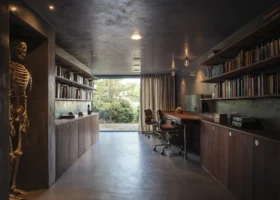
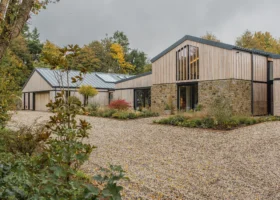
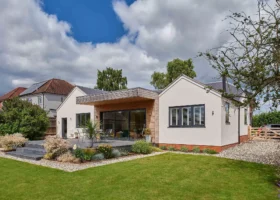





















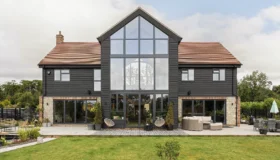





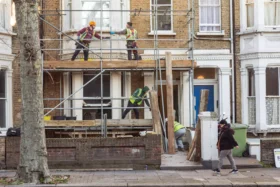





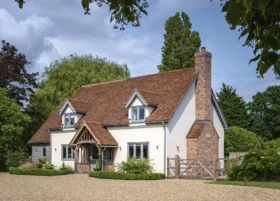
































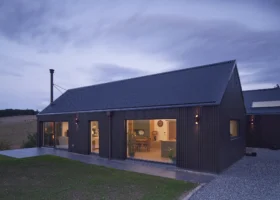
















 Login/register to save Article for later
Login/register to save Article for later


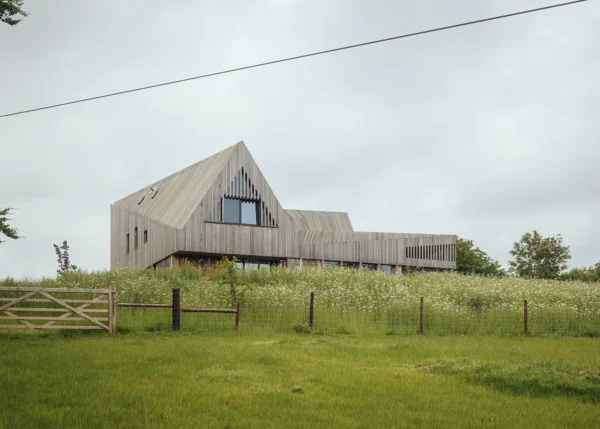


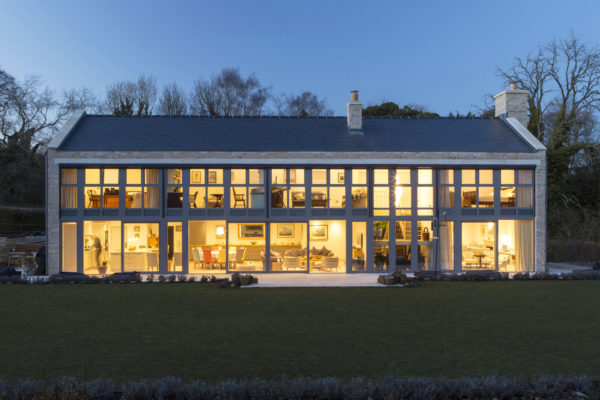







Comments are closed.